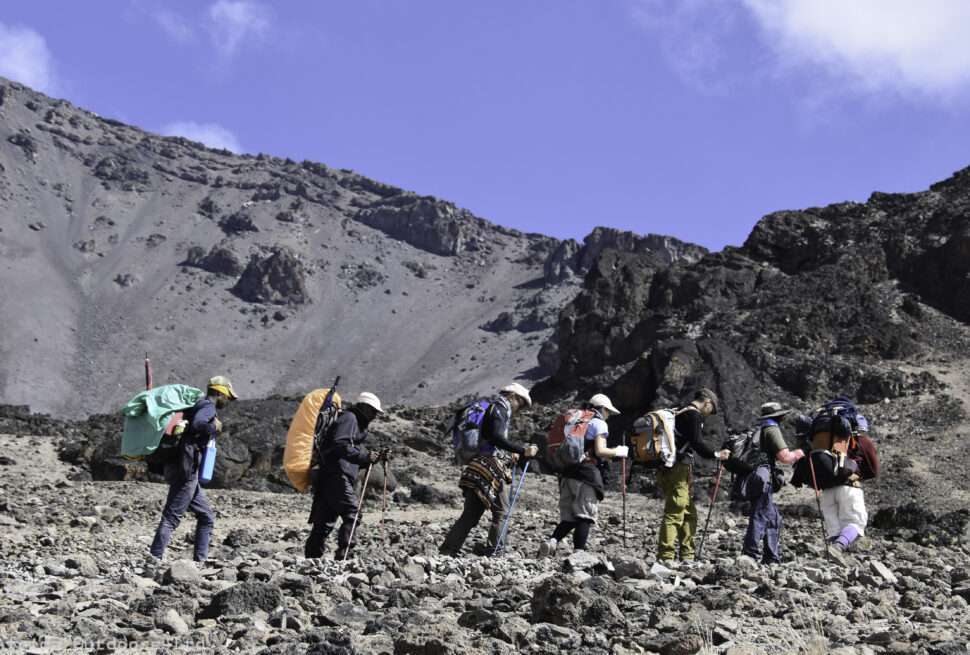It’s generally not recommended to wear new hiking shoes without breaking them in first. Wearing new hiking shoes before they’re broken in can cause blisters, hotspots, and other discomfort. The time it takes to break in hiking shoes depends on the type of shoe and how strenuous the hiking will be:
- Light hikers: Some lightweight hiking shoes may feel fine right out of the box.
- Leather boots: Traditional leather boots can take weeks to break in as the leather needs time to soften
Hiking with new hiking shoes is generally not recommended for several reasons:
Break-in Period: New hiking shoes usually require a break-in period to mold to the shape of your feet. Wearing them for extended periods on a hike can lead to discomfort and pain as the materials may not yet be flexible or shaped to your foot.
Risk of Blisters: New shoes often have stiff seams, rough areas, or unyielding materials that can cause friction against the skin. This can quickly lead to blisters or hot spots, which can make your hike uncomfortable or even force you to stop early.
Support and Stability: New shoes may not provide the same level of support and stability as a well-worn pair. If you’re on uneven terrain, inadequate support can increase the risk of injuries like ankle sprains.
Traction Issues: The outsoles of new shoes may not have the same grip as those that have been broken in. The rubber can be slick or less effective on certain surfaces, increasing the risk of slips and falls.
Adjustment to Weight and Fit: New shoes can feel different in terms of weight and fit. Being unaccustomed to the weight of new shoes or their specific fit can lead to fatigue or discomfort while hiking.
Foot Shape Changes: Your feet may swell during a hike, which can affect how your new shoes fit. If they are already snug, this can lead to pain and further complications.
Here are some tips for choosing hiking shoes:
- Try them on in the afternoon: Try on shoes after walking around town for a couple of hours when your feet are warm and swollen.
- Buy for your largest foot: Feet are rarely the same size, so buy for your largest foot.
- Leave some space at the toe: Leave a thumb width gap at the toe end of the shoe.
- Consider the outsole: Look for lugs, which are bumps on the outsole that provide traction. Deeper lugs are better for backpacking and mountaineering, while widely spaced lugs shed mud more easily.
- Consider the heel brake: A clearly defined heel zone can help reduce the chance of sliding on steep descents.
To avoid these issues, it’s recommended to wear new hiking shoes on shorter walks or light activities before taking them on longer hikes. This approach allows you to assess comfort, address any sizing issues, and allow the shoes to adapt to your foot shape without the risks associated with challenging terrains.




